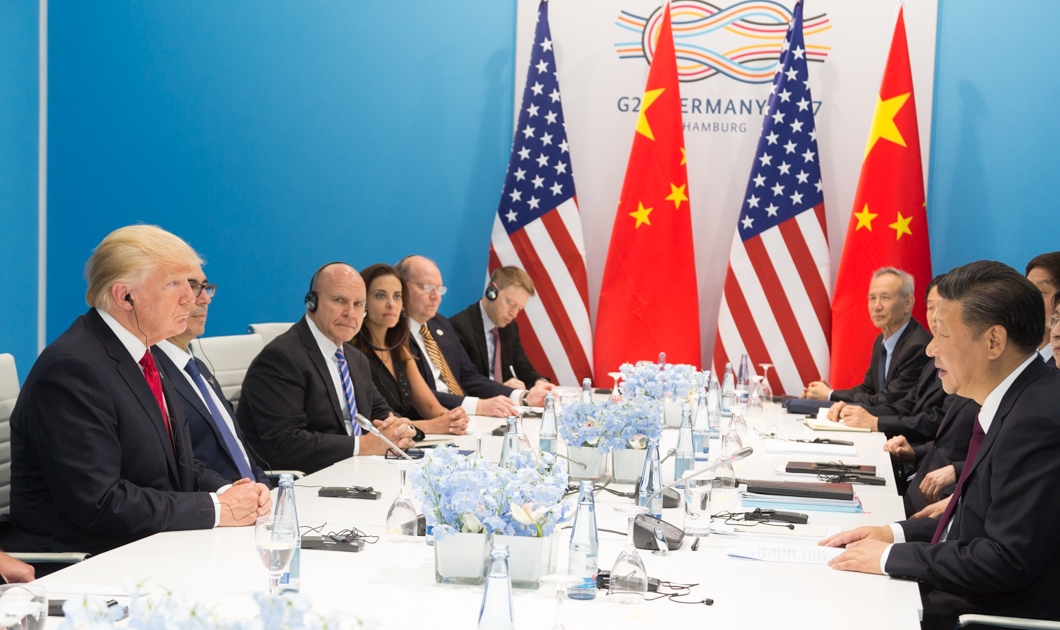

New Delhi: U.S. President Donald Trump on Thursday signed a memorandum that could impose tariffs on up to 60 billion U.S. dollars of imports from China, the latest unilateral move that poses a threat to global trade.
Trump has directed U.S. Trade Representative Robert Lighthizer to publish a list of proposed Chinese goods that could be subject to tariffs in 15 days, while the U.S. Treasury Department will have 60 days to propose restrictions on Chinese investment in the United States, according to the presidential memorandum.
The tariffs “could be about 60 billion” dollars, Trump said Thursday at the White House before signing the memorandum. But a senior White House official told reporters earlier in the day that the number would be close to 50 billion dollars.
“When they charge 25 percent for a car to go in, and we charge 2 percent for their car to come into the United States, that’s not good. That’s how China rebuilt itself. The tremendous money that we’ve paid since the founding of the World Trade Organization — which has actually been a disaster for us. It’s been very unfair to us. The arbitrations are very unfair. The judging has been very unfair. And knowingly, we always have a minority and it’s not fair,” President Trump said.
The memorandum is based on Section 301 investigation into alleged Chinese intellectual property and technology transfer practices, launched by the Trump administration in August 2017.
China will “take all necessary measures” to defend its rights and interests, an official with the Ministry of Commerce said Thursday, responding to media reports that Washington will soon release results of the investigation.
“China has made clear its position several times that it stands firmly against such unilateral and trade protectionist practices from the U.S. side,” the official said.
Section 301, once heavily used in the 1980s and the early 1990s, allows the U.S. president to unilaterally impose tariffs or other trade restrictions on foreign countries. But the United States has rarely used the outdated trade tool since the World Trade Organization (WTO) came into being in 1995.
The memorandum follows Trump’s recent tariff plan on steel and aluminum imports and January’s tariffs levied on imported solar panels and washing machines. These unilateral moves have prompted strong opposition and warnings from business groups around the world.
In a letter to Trump on Sunday, 45 U.S. trade associations, representing retail, technology, agriculture and other consumer-product industries, urged the administration not to move forward its tariff plan on Chinese imports, as it would hurt U.S. consumers and companies.
A group of 25 major U.S. retail companies, including Walmart, Costco and Best Buy, also warned on Monday that any additional broad-based tariff would worsen U.S. inequity and “punish American working families” with higher prices on household basics like clothing, shoes and electronics.
If the Trump administration imposes a 25-percent tariff on information and communications technology imports from China, it would cost the U.S. economy 332 billion dollars over the next 10 years, according to a report recently released by the Information Technology and Innovation Foundation, a U.S. technology policy think tank.
In retaliation, China announced a list of US goods including pork, apples and steel pipe on which it might raise tariffs.
(With inputs from White House)








